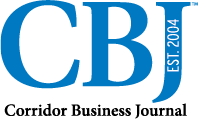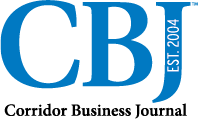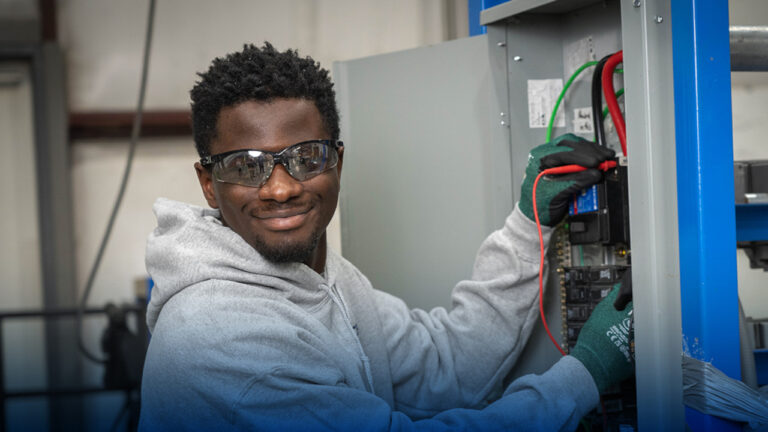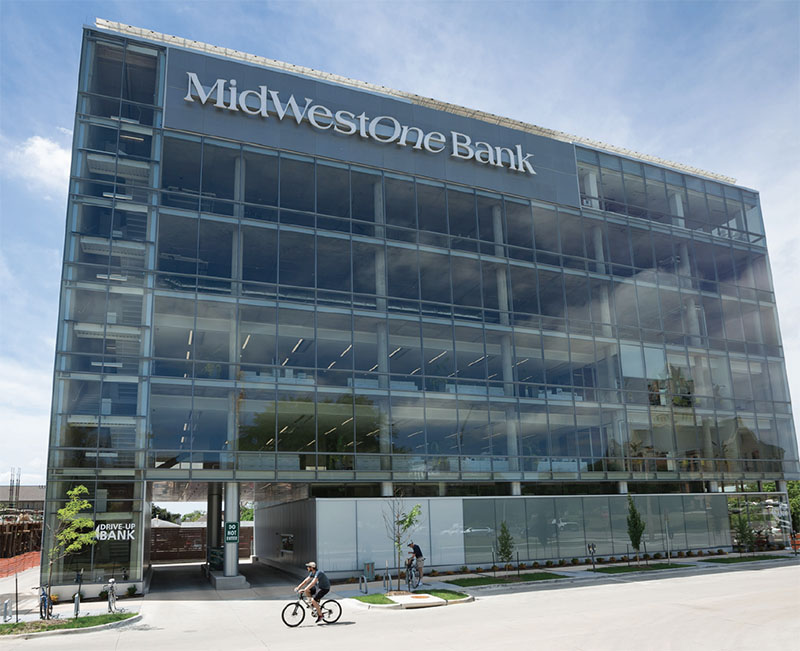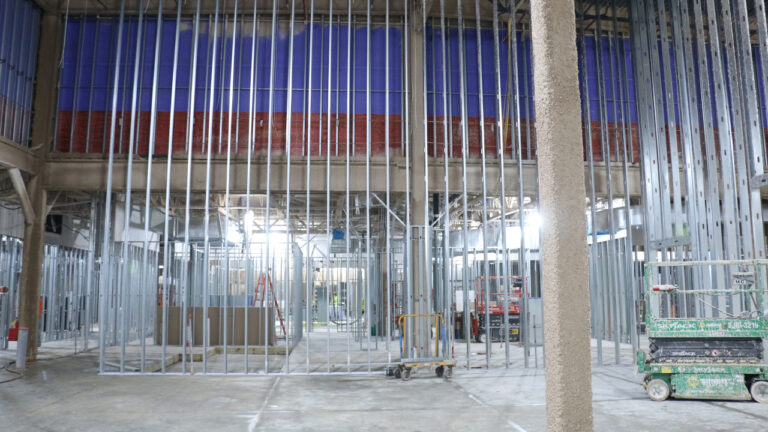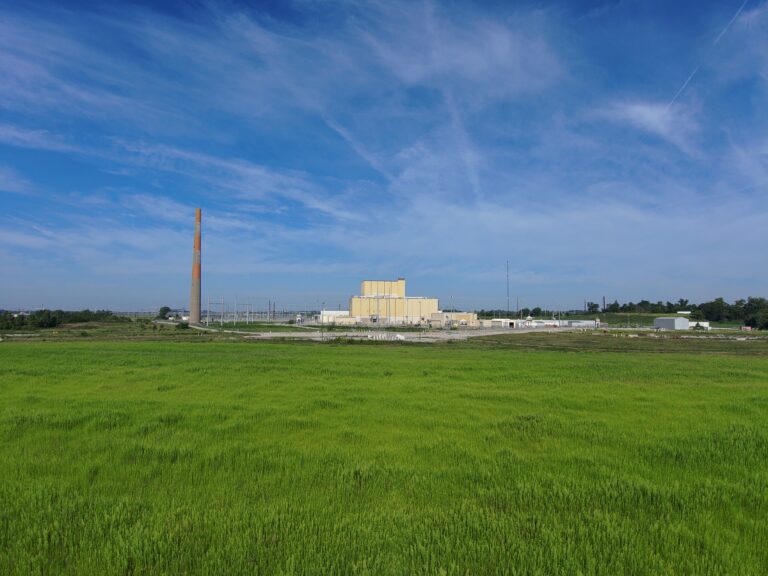The Iowa Environmental Council’s 2024 Electric Generation Condition of the State report has generated considerable discussion about the Trump administration’s decision to roll back green energy incentives, including those supporting renewable projects.
While many editorialists have criticized this policy shift, it’s worth examining whether decades of renewable energy subsidies have created unintended market distortions.
We strongly support renewable energy development in Iowa and nationwide. However, we must acknowledge that renewables alone cannot meet all our electrical demands. The clearest evidence of this limitation comes from big tech companies, which are investing billions of dollars to restart nuclear plants and explore alternative energy sources to power their operations.
Iowa’s tax incentives and subsidies for renewable energy over the past four decades have successfully fostered a thriving wind and solar industry, benefiting the state and many farmers. However, these well-intentioned policies created an uneven playing field that disadvantaged other energy sources, particularly nuclear power. This market imbalance contributed to the premature closure of Iowa’s only nuclear facility, the Duane Arnold Energy Center.
The Duane Arnold plant’s closure illustrates how subsidies can distort energy markets. Originally scheduled to shut down due to an expensive power purchase agreement that NextEra Energy sought to exit through a payment to Alliant Energy, the facility was ultimately shuttered after the 2020 derecho. Now, NextEra is reconsidering restarting the plant — a decision that highlights the complex interplay between policy incentives and market forces.
The explosive growth in data centers underscores the limitations of a renewables-only approach. According to Sourceability, data centers rank among the largest electricity consumers in their regions, with industry experts predicting they could soon consume more power than entire cities or states.
Jon Lin, general manager for data center services at Equinix, explains the challenge in a CNBC interview: “While developers prefer carbon-free renewable energy, solar and wind alone will not be enough to meet current demand. The firmness of the power is still incredibly important for these data centers, and doing that solely off of local renewables is candidly just not an option.”
Data centers require uptime exceeding 99%, making weather-dependent renewable sources insufficient as standalone solutions. When the wind doesn’t blow and the sun doesn’t shine, these critical facilities still need reliable power.
Rather than picking winners and losers through targeted subsidies, Iowa and the nation should embrace a comprehensive energy strategy that includes renewables, nuclear, and other reliable sources. This balanced approach offers several advantages:
- Price stability: Diversified energy sources help buffer against price fluctuations in any single market
- Grid reliability: Multiple energy sources provide backup when weather affects renewable generation
- Economic resilience: A diverse energy portfolio reduces dependence on any one technology or fuel source
Moving forward, policymakers should focus on creating level playing fields rather than distorting markets through selective incentives. By supporting all clean energy sources — including nuclear power alongside renewables— Iowa can maintain its leadership in clean energy while ensuring reliable, affordable electricity for residents and businesses.
The goal isn’t to abandon renewable energy, but to recognize its limitations and complement it with other clean, reliable sources. Only through this balanced approach can we meet growing energy demands while maintaining grid stability and reasonable costs.
